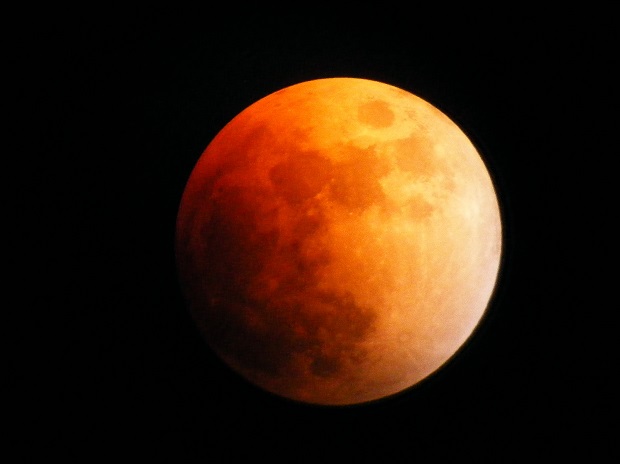
International News
The Moon has been a subject of fascination since time immemorial. It has always found a place among all kinds of stories through astrology, poetry, myths, religion et al. More than two and a half millennia before man set his foot on the Moon, he set his mind towards understanding it.There are references in the works of ancient Babylonian, Greek, Indian and Chinese philosophers around 500 BCE. Throughout the next two thousand years, the Moon was studied by various astronomers. The big breakthrough, however, happened in 1609, when Galileo Galilei drew one of the first telescopic drawings of the Moon in his book Sidereus Nuncius and noted that it was not smooth but had mountains and craters. After Isaac Newton discovered gravitation, astronomy picked up speed. Over the next few centuries, science not only devised means of looking at faraway objects clearly, but also started dreaming of travelling to them one day.
Here's a brief timeline of the landmark moments of lunar exploration in modern times:
The Space war era
During the late 1950s at the height of the Cold War, the United States Army conducted a classified feasibility study that proposed the construction of a manned military outpost on the Moon called Project Horizon with the potential to conduct a wide range of missions from scientific research to nuclear Earth bombardment. The study included the possibility of conducting a lunar-based nuclear test.
1959: Soviet Union touches the Moon
The Moon was first visited by the Soviet Union’s uncrewed Luna 1 and 2 in 1959..Read More
No comments:
Post a Comment